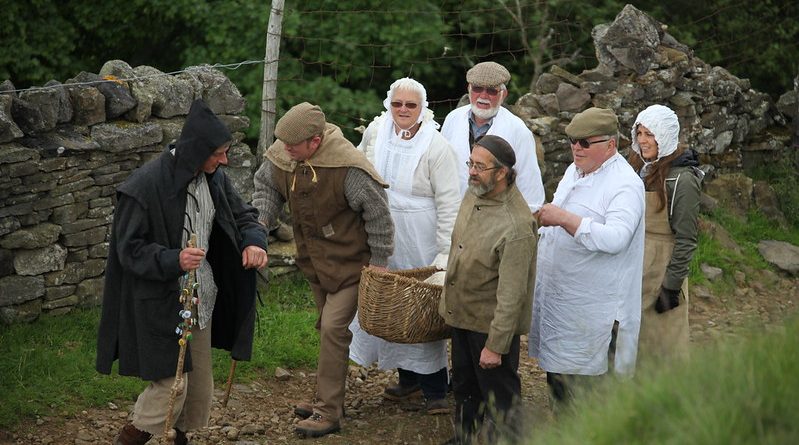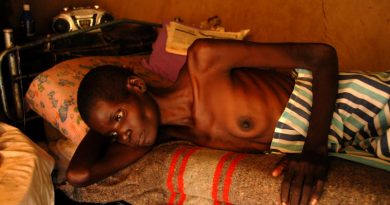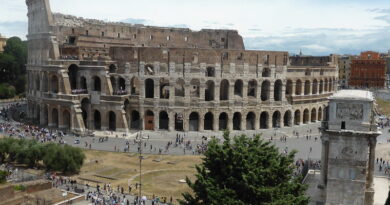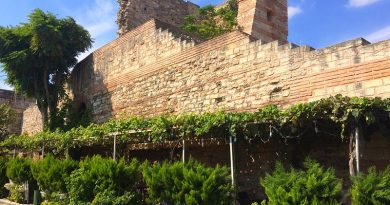The Corpse Trail
A Corpse Way is a route, a well trodden path through, in the case of the Swalesdale Corpse Way, tough and inhospitable terrain to the nearest consecrated ground. The bodies of the deceased from local communities, were carried along this path sometimes for many miles, to be buried in the Church graveyard.
Medieval Swaledale, like the rest of England at that time, was staunchly Roman Catholic, the religion inherited from the Romans before they left. But in such a rural community – sparsely populated and grindingly poor – the church at Grinton, just south of Reeth, was the only one for miles around. For the Roman Catholics of the Dales villages, burying their loved ones in the consecrated graveyard of “The Cathedral of the Dales” as the chruch became known, was vital.
For the wealthy of the area transporting the bodies was not a problem; that’s what horses and carts were for. But for ordinary folk, horses and carts were a luxury. They had no option but to resort to “Shank’s Pony” – they had to walk to St Andrew’s at Grinton.
So a path developed from the distant communities across the Fells to Grinton. Over time this path became known as the Corpse Way. This trip could be up to 16 miles, a long trek carrying a body, so anything that could lighten the load was welcomed. In Swaledale, wooden coffins were exchanged for ones made of wicker. And at intervals on the trail long flat rocks were either placed or made to lay the coffin down so that the pallbearers could take a well earned rest. These can still be seen on the route today, it’s claimed.
This practice continued until the Church of St Mary the Virgin was built at Muker, higher up the valley, in the 16th century, no doubt much to the relief of the local families.
It does initially sound gruesome – carrying a dead body up to 16 miles across the country for burial. During a hot summer this can’t have been a pleasant task, and there would have been no getting away from the smell if the body wasn’t well wrapped.
The flip side, however, is the demonstration of both the power of religion and the strength of family and friendship that these treks illustrate. The living were so concerned about their friends or family members in death, so fearful of them ending up in Hell, that they were willing to make this pilgrimage to ensure they ended up in the right place. And there must have been an element of self interest as well. If they did this for others, hopefully someone would do it for them when the time came.




